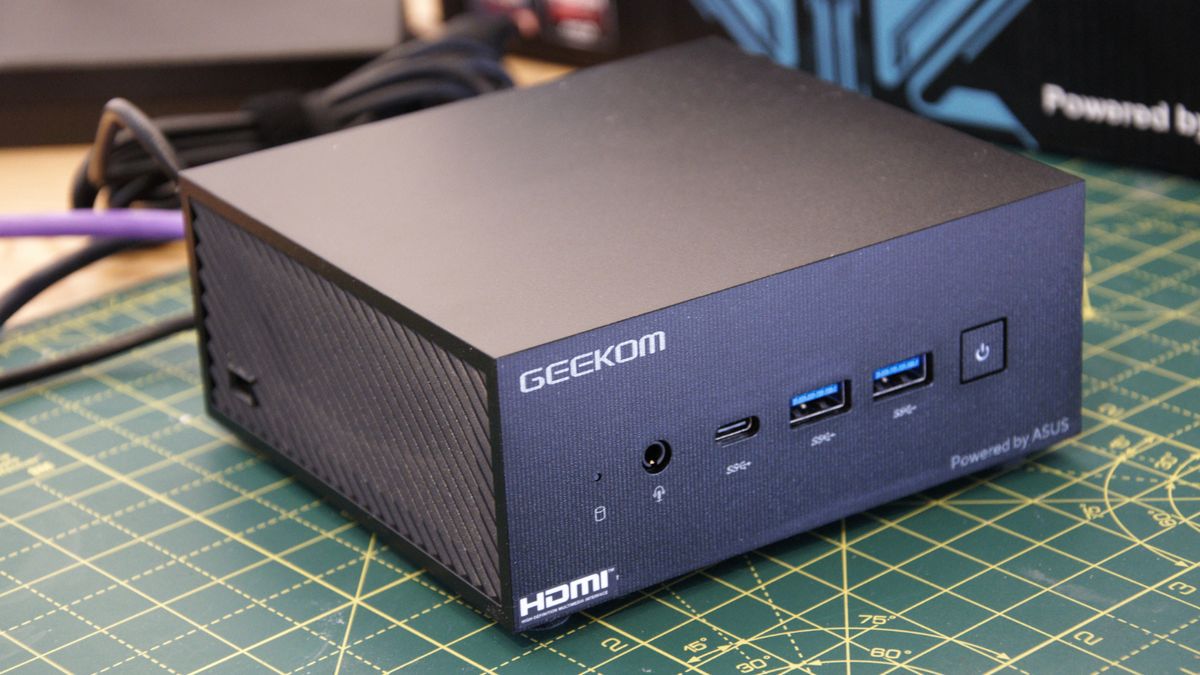Hardware has usually been the hero for organizations like Apple and Samsung. It’s far, despite everything, how they make the bulk of their profits. Gadgets are the principal characters of any tech advert, the products conspicuously positioned into a-listers fingers on your favored movies, and the element that’s fawned over using Good Morning America hosts. Colossal homages to the newest iPhone and Galaxy S are erected in Times Square every fall and sprawled across large billboards worldwide. The device is tangible; we can pin our hopes on our aspirations. However, it’s Software that gives the hardware that means. This is a hypothesis that’s by no means truer now that every phone is equally clever.
Almost every telephone was launched because the iPhone in 2007 was it was mind you, that’s no longer a complaint — it’s how progress progresses. Nine years later, we have better-precision rectangles with longer-lasting batteries, brighter monitors with invisible pixels, sensors out of the wazoo, better-decision cameras, and lots quicker processing, memory, storage, radios, and portraits. Every new flagship along the manner becomes just a higher model of the tool that preceded it, bringing us to a scenario of close parity across

each logo. This kind of incremental modification uploads up clearly. The difference between an iPhone 7 and the primary iPhone is huge — the A10 processor in Apple’s modern-day telephone is a hundred and twenty times quicker than the unique one, making the differences between an iPhone 7 and Galaxy S7 minuscule by contrast. I’d argue that Software has developed much more dramatically than its underlying hardware and has done so in more surprising and thrilling approaches. As my buddy, Joanna Stern, wrote for The Wall Street Journal, “Large Software enhancements rely more than incremental hardware changes on.”
The evolution of hardware has ushered in a revolution in Software programs.
Way to the billions of telephones we as a species convey, digital tracks — as soon as ripped, combined, and burned — now play over the air through song services like Spotify. YouTube motion pictures circulate a new generation of “Television stars” to an era that doesn’t watch TV. Games at the moment are something to be achieved casually and
alone, at the same time as photographs, once precious, are taken haphazardly to report the banal. App stores have created Software program behemoths like Facebook, WhatsApp, Instagram (okay, the ones are all one corporation), Snapchat, and Twitter, even as enterprise apps have allowed people to become increasingly untethered from their workplace cubicles. The evolution of smartphone hardware has ushered in a revolution in Software and offerings. Left to the Motorolas of the world, smartphones may want to have advanced in a whole lot
the same way televisions have — which is to say, now not plenty at all. The TV revel in has essentially remained unchanged for the reason that 1950s. Certain it was given flatter and extra colorful, and it got an entire lot bigger, But it’s still the same ol’ passive “boob tube” intake tool is constantly turned into. Some misguided tries to make TVs “smart” via shoehorning clumsy OSes into the residing room equipment haven’t modified that.
The Galaxy Observe 7 is prettier than the iPhone 7, But so what
Real, Samsung’s dual-curved telephones are prettier than the tired iPhone slabs; however, so what? Besides not blowing up and killing you, a phone’s main cause is to act as an enabler to the Software and offerings within. And also, you don’t always want the present-day hardware to perform that. Running the identical cell operating machine bought on modern phones has long been a perk loved by iPhones and Nexus gadget owners. I’d never purchase anything else because I want the present-day and best software programs available from Apple and Google to be available as quickly as they are, even when my device is a few years old.
READ MORE ARTICLES :





